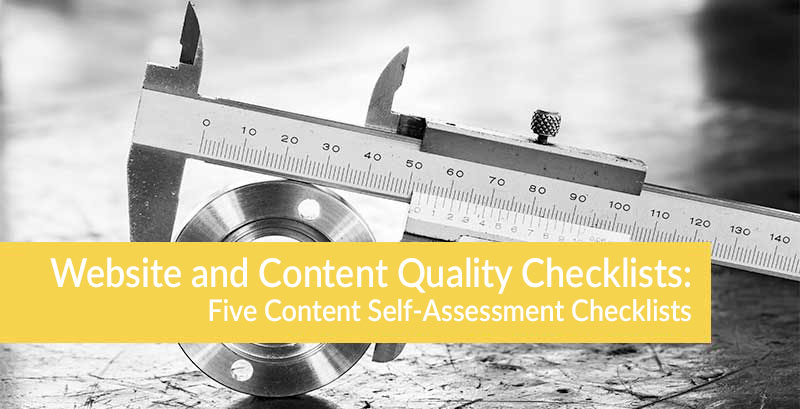Your social media content does impact your search results – don’t forget SEO!
Social media can be confusing. What should you share and post? How do I get people to follow me on social media? Why isn’t anyone clicking the links I share or posting a comment? Is anyone out there?
Social media is a fast and crowded medium. A Tweet is posted and 2 seconds later, it’s lost in the long list of new Tweets. Constant scrolling and scanning means your Facebook and Instagram posts are missed – even if they satisfy search intent. LinkedIn is crowded, your articles might get read but no one clicks the like button or posts a comment.
To attract attention, your social media posts must do it all – communicate a value, benefit, CTA, and meet search intent. This is not easy. If it was, everyone would be going viral…
Writing for social media demands you understand keywords, your target audience, what your competitors are and aren’t doing and saying, and the problems your audience has. And these factors are the crux of good SEO.
In this blog we focus on how you can use social media and SEO together to help you get found, noticed, clicked, liked, and shared. Just like a good social media post, we’re keeping this to-the-point and giving the facts you need on social media and SEO.
Don’t Forget the “S”
There is a constant here: Social media, SEO and Search Intent.
This means your content must be found in search engines, be shareable on social media, and meet search intent.
The medium is the message here – people use each channel differently. You need to understand how your audience uses each social channel to solve their problems, find answers to question, and satisfy their curiosity.
And the spoiler alert here is – you don’t necessarily need to be on every channel. If you’re struggling to find content to post on a channel – this is a strong indicator that the channel is not a good fit for your brand.
Before you do anything – do your research – find and understand your audience on social media.
How to find and understand your target audience on social media:
- Use the insights and analytics tools provided by Facebook, Twitter, Instagram, and LinkedIn to find your audience. If you’re using a social media tool such as SEMRush, you can take advantage of the analytics and market research to find and understand your audience.
Make sure you know the age, gender, location, interests, and challenges and problems of your audience. B2B companies also need to understand the business size and who you should be targeting in the company with your social content. - Use social listening to track the social media conversations connected to your keywords, key topics, competitors, and industry.
When you know how people are talking about (or not talking about) your key social indicators, you can identify new areas of growth, opportunities for improvements, create the right content for the right channel and audience, and put an end to random social media posting. - Search the social channels you’re interested in. Type in your keywords, competitors, hashtags, industry name or type, and see what is being said (and not said) on each channel. This tells you what your audience wants from each channel.
Pay attention to the hashtags people are using. Look at the posts that get shared, liked, retweeted, and commented on. Read the posts to understand the mood, questions, and reasons why people are connecting with brands and companies on social media. Understand what works and doesn’t work for your competitors and how they’re using each channel.
When you’re using the right channel in the right way, it’s much easier to connect with your audience. You’re giving them what they want and need and you’re doing it in a format they want.
How To Use Social Media and SEO Together
While social media does not directly impact your SEO, the content and links you share support brand exposure and bring people to your website.
Just as you use social listening to understand your audience, your audience is using social listening to learn about you. Your social media posts indirectly impact your search ranking. Social media content drives who comes to your website, reads your content, subscribes to your newsletters, and buys your products and services.
5 ways to use social media and SEO together:
- Put a priority on content.
Don’t Tweet for the sake of Tweeting. Make every social media post count. You want your social media posts to contribute to your SEO and search ranking. Remember, Google is looking for the best possible sources of content – make every post matter. - Know search intent.
Don’t post because everyone is posting or because a hashtag has gone viral. Your goal is to satisfy search intent. This means that every social media trend doesn’t fit into your social media strategy. Ask yourself how the post solves problems, answers questions, and adds value to your target audience. Your audience is fickle, they are quick to unfollow when they read a post that is out-of-place for your brand or message. - Be shareable.
You want people to share and retweet your posts. To do this you need to provide shareable content. Write social media posts that can stand-alone and don’t need to be edited or explanatory text added to be shared. Remember, people are conscious of how your post will look or fit on their social timeline – clearly written posts with compelling images always win. - Use your keywords.
People search social media for keywords and keyword topics. Use your keywords in your posts and in your hashtags. If you can’t write the post using a keyword, this is a good sign the post doesn’t fit your brand and company’s message or the search intent of your audience. - Be social.
Respond to comments on your posts. When you share links and articles from others, always reference or tag them in your posts. Depending on your brand and products and services, your audience may contact you for help or for customer service-related questions – make sure you respond quickly. Ignoring a request or complaint can backfire and result in negative social media publicity. And this will hurt you in the eyes of Google and providing a positive page and user experience.
Just like writing content for your website or email newsletters – you need to give people a reason to want to read your social media posts. The social channels are crowded and there are lots of good options out there for your audience – to stand out you need to deliver with each and every post.
Your brand, message, audience, and online presence are unique. Do not copy a competitor who has a large social following or only retweet and share content. Be original. Give your audience something they can’t get elsewhere – just remember it has to be what they need and want.
We know social media can be confusing. We’re here to help.
Contact us or call us (888-241-4205) and we’ll help you find, understand, and connect with your audience on social media.
About the author
Jane Phelps is the CEO/Partner at Know Agency. Jane leads client SEO strategy and handles all aspects of in-house SEO demands. This includes providing SEO training, competitive analysis, keyword research, algorithm analysis, and the review of all new content to ensure SEO best-practices are followed. Jane holds a Master’s Certificate in Online Marketing from the University of San Francisco, is BrightEdge Certified.



